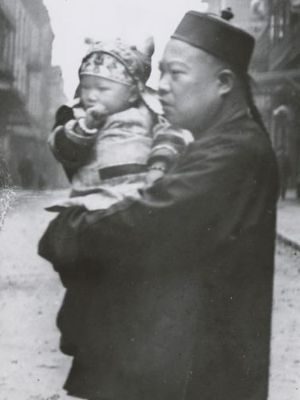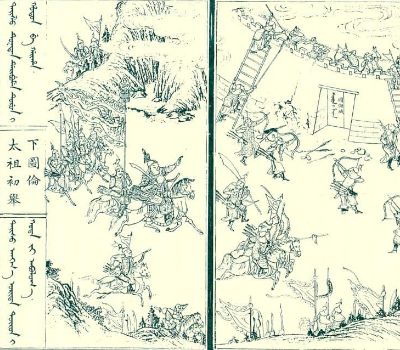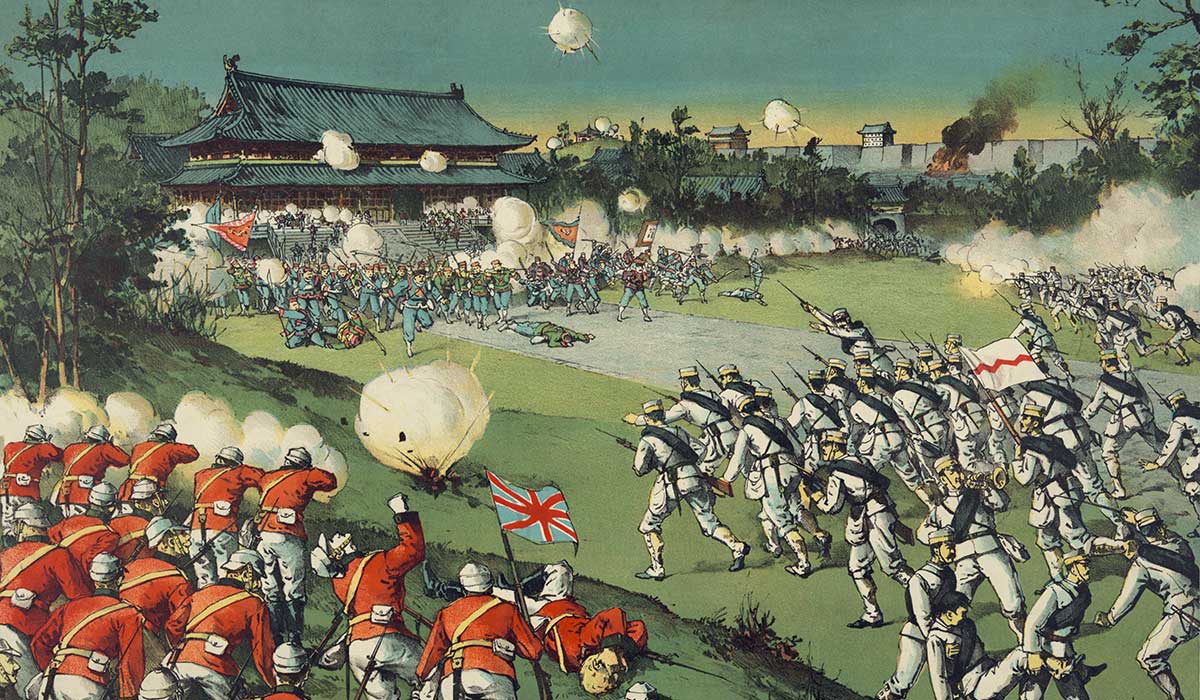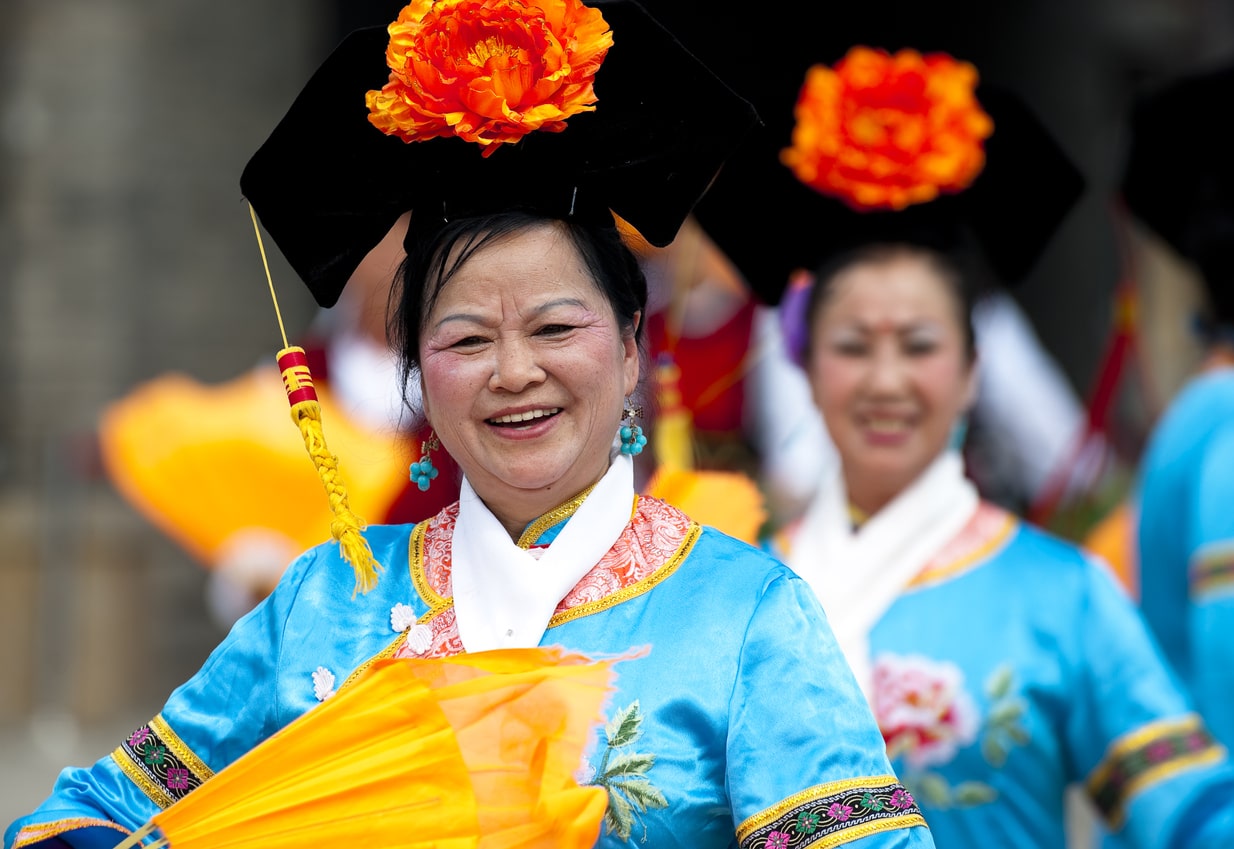The Manchu

One of China's most influential cultures
The Manchu, also known as the Manju, are an ethnic group from Manchuria in northern China. The average American probably hasn't heard of the Manchu, but they've definitely seen their influence in film and art.
Manchu influence on China

After assuming rule of China, the Manchu readily adopted a lot of Chinese culture. They kept a lot of the Confucian values and practices of the Ming dynasty, and a vast majority of Manchu people spoke Mandarin Chinese rather than their own language. But, they left their own distinct marks on Chinese history.
The Manchu rulers of the Qing Dynasty left their biggest mark on the maps. During their rule, they defined the extents of modern China by annexing Tibet, Inner Mongolia, and Xinjiang. They also set the template for these regions current status as autonomous regions. Ironically, Manchuria itself is not an autonomous region.
They were also the ones who made Mandarin the official language of China. The Manchu ruled from Beijing, and so they promoted the Beijing-centered Mandarin.
During their reign, the Manchu rulers famously mandated that all Chinese men cut their hair in the traditional Manchu queue. The queue involves braiding one's hair in the back and shaving the front of the head. This is perhaps their biggest visible legacy. As the Qing ruled China during the advent of photography, this haircut is widely present in historical photos of Chinese people. Other Qing fashions in hair and clothing are common in early photographs, and by extension films set during this time.
Early Manchu history
Manchuria, today in northeastern China, used to be an independent region occupied by the Jurchen and other Tungusic peoples. The Jurchen had once ruled the Jin dynasty of northern China. By the late 1500s, however, the Jurchen tribes were divided and their lands were in upheaval.

That changed when a leader named Nurhaci began unifying the Jurchen into a single khanate, which he named the Later Jin Dynasty. Once he was recognized as Khan and his country was secure, he declared war on the Ming Dynasty of China. He fought a campaign of unprecedented success, conquering parts of China and winning a long string of undefeated battles. He conquered the Liaodong Peninsula, and moved his capital there. Nurhaci ruled from the city of Shenyang, also known by its traditional name Mukden.
A key to his success was the Eight Banners system he created. Traditionally, the Jurchen fought and hunted in small family bands. As he gained more and more subjects, Nurhaci grouped hundreds of families together under different military banners, hence the name. The bannermen enjoyed special privileges, and their military status was passed down within the family. They were especially renowned for their archery, which Nurhaci considered the key to their success.
The system expanded to include Mongols and other Tungusic ethnicities like the Sibe people of Siberia. The Mongols were eventually given their own distinct Eight Banners.
The Great Qing Dynasty
Nurhaci's son, Huangtaiji, was Khan after him. Huangtaiji renamed the Jurchen, adopting the new name Manchu. He then declared the Great Qing Dynasty. The Qing (sometimes spelled Ch'ing) invaded Korea, forcing them to stop paying tribute to Ming China, and to offer them tribute instead. They then moved towards Beijing.
The Ming Dynasty was already in chaos. There a deep feud between the military and the government, which prompted many of their soldiers to defect to the Qing. So many defected, in fact, that a majority of the Qing soldiers were Chinese rather than Manchu. The Han people who defected were given special status with the Han Eight Banners.
The Manchu conquered Ming China, and were invested as the new emperors of China on October 30, 1644. The Qing Empire lasted for nearly 300 years, making them one of the longest-lasting imperial dynasties. They ruled over all of modern China, Mongolia, and Taiwan. Not only was the dynasty long-lived, but the Qing emperors themselves enjoyed long reigns and long lives; the Kangxi Emperor ruled for 61 years, and his grandson the Qianlong Emperor ruled officially for 60 and a half.
The Manchurian rulers were able to rule over the Han Chinese majority in large part because they kept the Confucian model of government used by the Ming. They also borrowed many Han cultural practices (although they tried to maintain their unique culture as Manchu people). This meant that, despite being from a foreign culture, the Manchu leaders were usually situated on the side of traditional Chinese values. When uprisings threatened the imperial system or tradition, like the rise of the Christian Taiping Heavenly Kingdom in the 19th century, the Han citizenry largely defended the empire.

The Qing Dynasty collapsed with the pressures placed on it by foreign powers. They lost wars against the French, British, and Japanese, and with it they lost many of their vassal states and their trade. When a popular uprising, the Boxer Rebellion, tried to drive Westerners out of China, a coalition of Western powers invaded and forced China to pay steep reparations. This long period of the Qing collapse and subsequent troubles is commonly known as the Century of Humiliation.
Manchu people today
Manchu people today are the fourth largest ethnic minority in modern China, and the largest without their own autonomous region. Manchu people live mostly in Northeast China, especially in Liaoning, Hebei, Jilin, and Heilongjiang province.
Since the 1980's, the People's Republic of China has encouraged the revival of Manchu culture. This includes traditional Manchu storytelling, Ulabun, and music with the octagonal drum. It also extends to falconry, which was of great historic importance to Manchu hunters, and to the observance of Manchu holidays.

Most living Manchu people speak Mandarin Chinese. Very few are native speakers of the critically endangered Manchu language. Manchu is a Tungusic language (as opposed to the Sino-Tibetan languages like Mandarin or Cantonese).
The small village of Sanjiazi is famous for being one of the only places where the residents speak Manchu with historic pronunciation. Manchu is taught in their local schools.
It has very few related languages, Xibe (the Sibe language) being one of the closest. It is sometimes considered part of a proposed language family called the Altaic languages, which included Japanese, Korean, and Mongolian, but this is now considered inaccurate.







